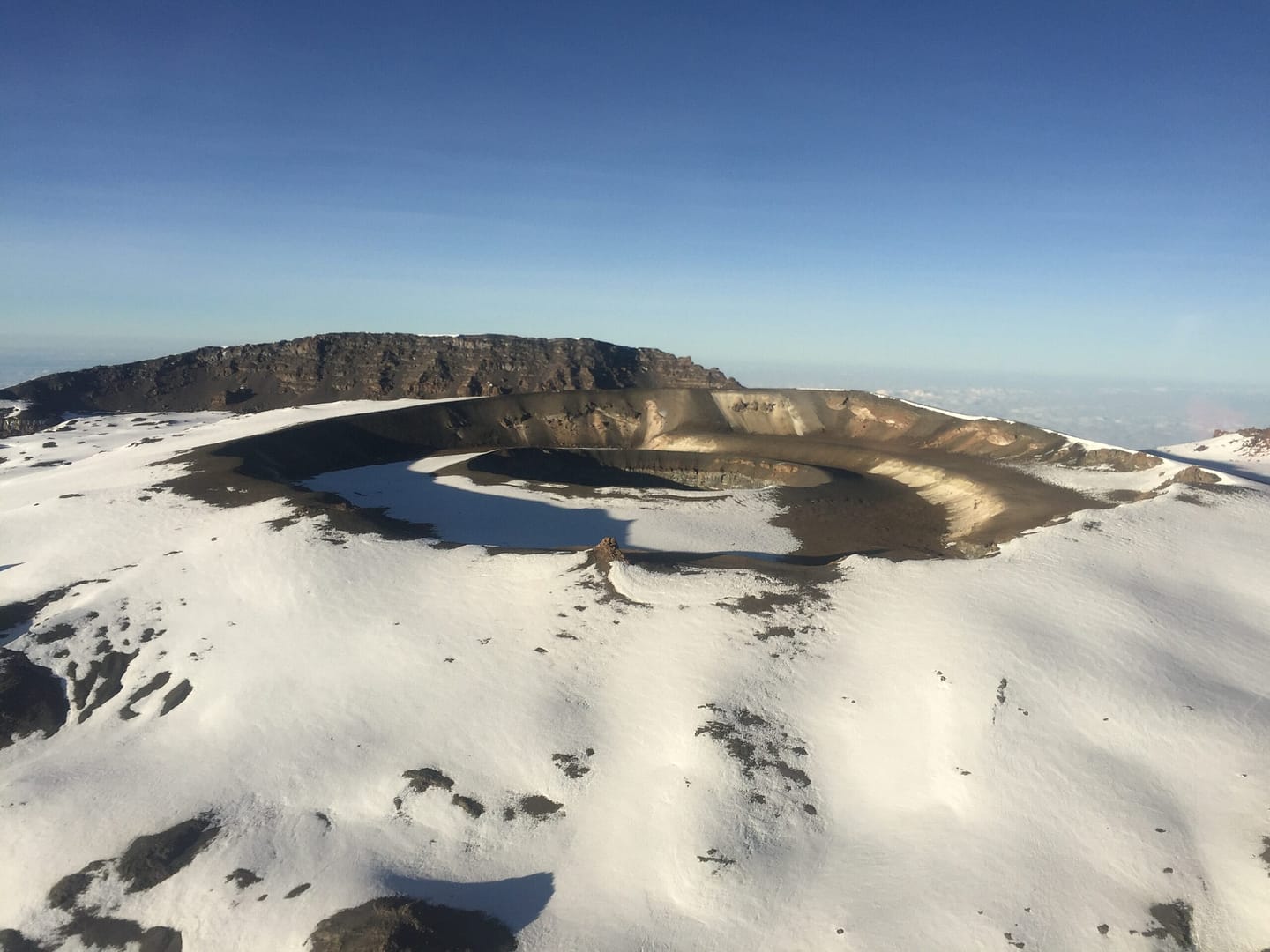Embark on a thrilling 7-day trekking expedition to conquer the majestic Mount Kilimanjaro, Africa's highest peak. Our expert guides will lead you through diverse ecosystems, from lush rainforests to barren alpine deserts, as you ascend to Uhuru Peak, the summit ...[ read more ]
Attraction: Mt Kilimanjaro
Mount Kilimanjaro National Park is a world-renowned protected area located in northeastern Tanzania, East Africa. Encompassing an area of approximately 1,688 square kilometers (652 square miles), the park is dominated by the majestic Mount Kilimanjaro, Africa’s tallest peak and the highest free-standing mountain in the world. Mount Kilimanjaro is a dormant stratovolcano that rises abruptly from the surrounding plains to an impressive height of 5,895 meters (19,341 feet) above sea level.
Established as a national park in 1977 and designated as a UNESCO World Heritage Site in 1987, Mount Kilimanjaro National Park is celebrated for its unparalleled natural beauty, diverse ecosystems, and unique alpine flora and fauna. The park is divided into several distinct vegetation zones, each characterized by its own unique climate, vegetation, and wildlife.
The lower slopes of Mount Kilimanjaro are covered by lush montane forests, home to a rich variety of plant and animal species. Here, visitors can encounter a diverse array of flora, including towering trees, ferns, mosses, and orchids. The forest is inhabited by an abundance of wildlife, including elephants, buffaloes, leopards, and various species of monkeys and antelopes.
As the altitude increases, the forest gives way to montane grasslands, where giant lobelias and senecios dot the landscape. This zone is home to unique bird species, such as the scarlet-tufted malachite sunbird and the mountain white-eye, as well as small mammals like the elusive African civet and the bushbuck.
Above the montane grasslands lies the heath and moorland zone, characterized by open expanses of tussock grasses, heathers, and giant groundsels. This rugged landscape is inhabited by hardy species adapted to the harsh conditions, including the endemic Kilimanjaro impatiens and the delicate Kilimanjaro mouse.
The alpine desert zone, found at elevations above 4,000 meters (13,123 feet), is a stark and barren landscape devoid of vegetation. Despite its inhospitable appearance, this zone is home to unique species such as the alpine chat and the endemic Kilimanjaro golden mole.
At the summit of Mount Kilimanjaro, the landscape transforms into a snow-capped peak, where glaciers and ice fields blanket the summit crater. The summit offers breathtaking panoramic views of the surrounding plains and distant mountains, providing a once-in-a-lifetime experience for adventurous trekkers who reach the top.
Mount Kilimanjaro National Park is a popular destination for trekking and mountaineering enthusiasts from around the world, with several established routes leading to the summit. The most popular route is the Marangu Route, also known as the “Coca-Cola Route,” which offers comfortable hut accommodation along the way. Other popular routes include the Machame Route, the Lemosho Route, and the Rongai Route, each offering its own unique challenges and scenery.
In addition to trekking, Mount Kilimanjaro National Park offers opportunities for birdwatching, wildlife viewing, and cultural experiences. Guided tours provide insights into the local Chagga culture, including visits to traditional villages and interactions with local communities.
Overall, Mount Kilimanjaro National Park offers a truly unforgettable adventure, combining breathtaking landscapes, rich biodiversity, and cultural encounters to create a once-in-a-lifetime experience for visitors seeking to conquer Africa’s highest peak. Whether trekking to the summit, exploring the park’s diverse ecosystems, or immersing oneself in local culture, Mount Kilimanjaro promises an unforgettable journey to the roof of Africa.
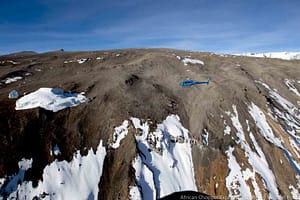

3-Hour Helicopter Tour over Mount Kilimanjaro and Mount Meru
Are you ready to witness the awe-inspiring beauty of Africa's highest peaks from a perspective few ever have the privilege to experience? Prepare to embark on a once-in-a-lifetime adventure with our 3-hour helicopter tour over Mount Kilimanjaro and Mount Meru. ...[ read more ]
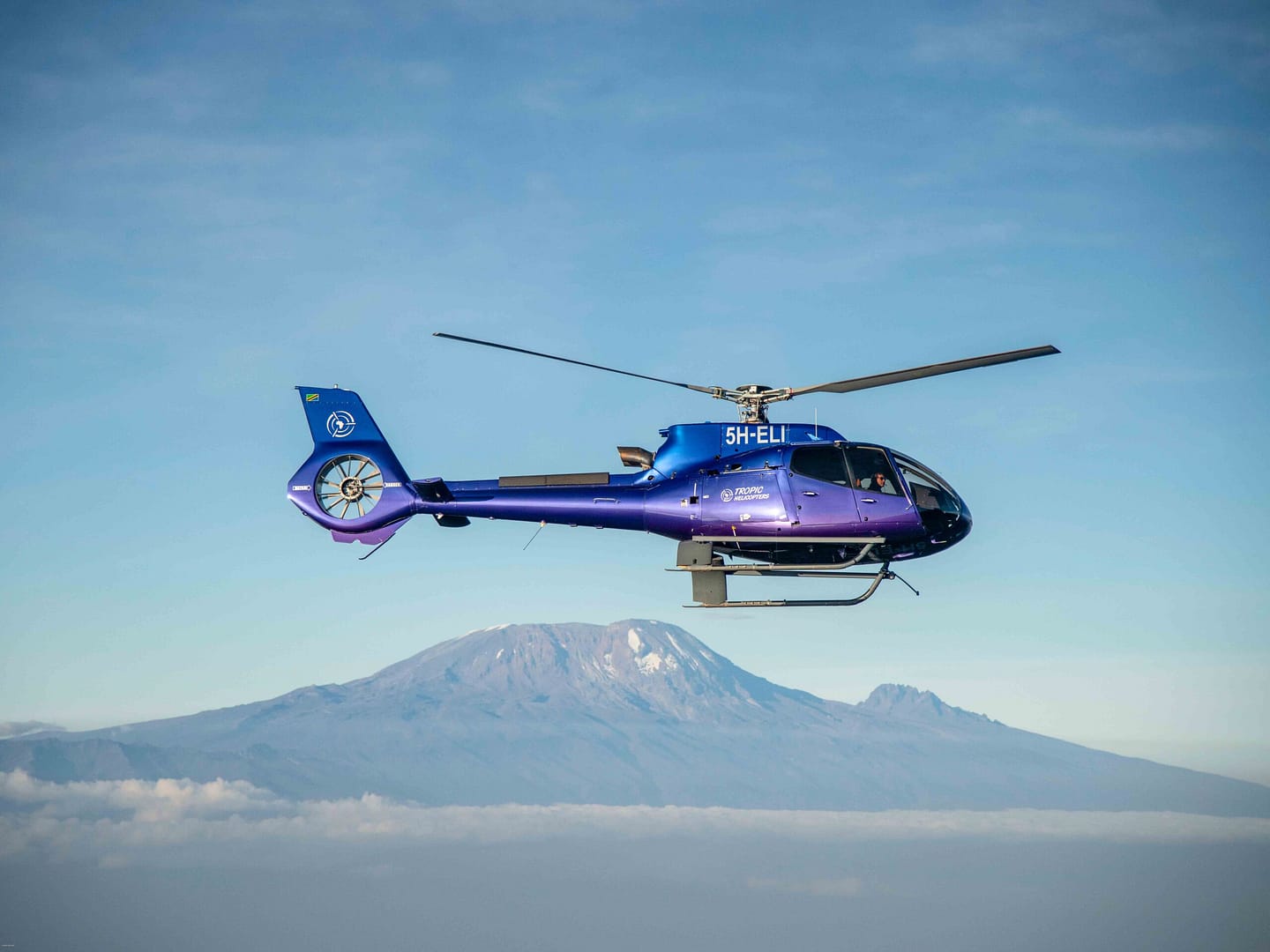
Helicopter Above Tanzania’s Splendor with Safari With Me in 2024
Elevate your safari adventure with our exclusive Helicopter Experience! Witness the awe-inspiring landscapes of the Northern Circuit like never before – from the sky! Soak in panoramic views of Mount Kilimanjaro and Mount Meru, as you embark on a high-flying ...[ read more ]
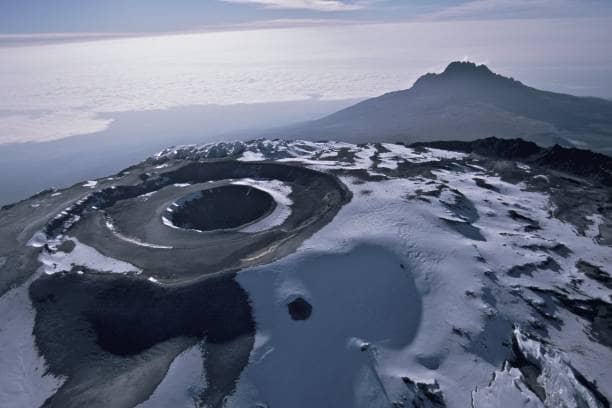
7-Day Mount Kili – Lemosho Route
The Lemosho Route is widely considered to be the best route on Mount Kilimanjaro. Not too long ago, there were only two main routes used to climb Kilimanjaro – the Marangu (Coca Cola) route and the Machame (Whiskey) route. But ...[ read more ]
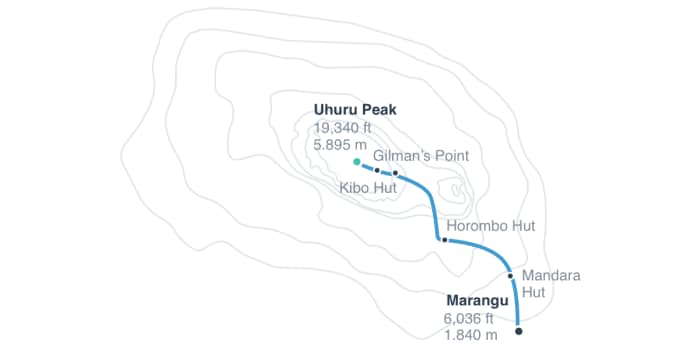
5-Day Kilimanjaro, Marangu Route Hiking
The easiest and cheapest route of Mt. Kilimanjaro, nicknamed Coca Cola route, is the route approaching Kilimanjaro from South East. The route is one of the best routes to make an attempt on Kilimanjaro during the rainy season. This is ...[ read more ]
